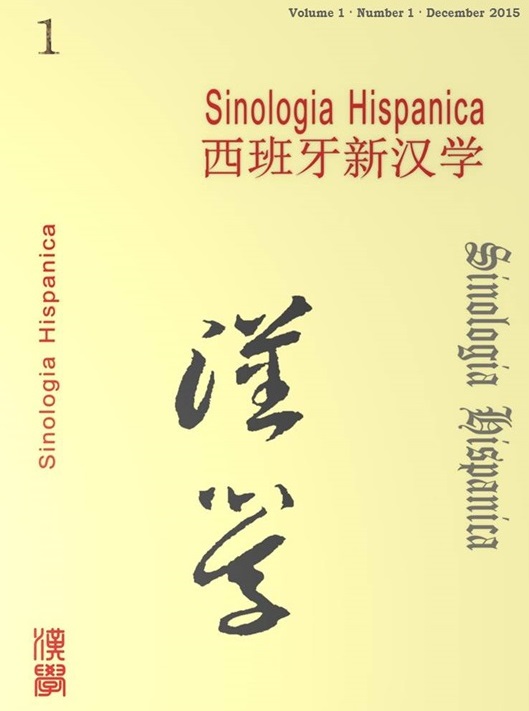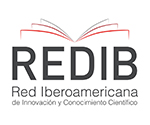汉语附着词的中介语分析 = Interlanguage Analysis of Clitics in Chinese
DOI:
https://doi.org/10.18002/sin.v1i1.5184Keywords:
中介语;偏误分析;习得;附着词; 汉语;西班牙语母语者 interlinguagel, error analysis, acquisition, clitics, Chinese language, Spanish native speakerAbstract
本文通过中介语分析,试图发现西班牙语
母语者在习得汉语附着词时容易出现的偏误类
型,并提出相应的学习策略。汉语作为典型的
孤立语,句法关系及语法内涵的表达大多通过
附着词的使用来实现,因此附着词的学习对于
汉语学习者而言至关重要。西班牙语母语者由
于受其母语正迁移影响,在“体”附着词(着、
了、过)使用方面偏误较少,而在结构附着词
(的、地、得)以及语态附着词(啊、呢、吧等)
的使用上偏误较多。研究发现,发生偏误最多
的附着词是“的、了、啊、呢”。同时,通过
对学习习惯的调查发现,课堂外的沉浸式学习
相对于课堂内而言,更有助于汉语学习。
Through the analysis of interlanguage, this
article tries to detect the most frequent errors
that Spanish speakers often make when learning
the clitics of the Chinese language. The learning
of the clitics is fundamental for mastering
Chinese, a typical example of the isolating
languages. The syntactic relations and
grammatical contents of the Chinese language
highly depend on the use of the clitics. Because
of the positive transference from their mother
tongue, Spanish speakers more or less learn the
aspectual clitics well. But when it comes to the
structural and modal clitics, the result is not
quite satisfactory. The most problematic
clitics, according to the statistics from this
article, are “de, le, a, ne”. An investigation of
the study habits is also conducted. With this,
we intend to emphasize the social integration
and extracurricular efforts, which sometimes
even weigh more than the class hours, are the
determinant factors for learning a foreign
language well.
Downloads
Métricas alternativas
Downloads
Published
How to Cite
Issue
Section
License
Copyright (c) 2017 Chen Zhi

This work is licensed under a Creative Commons Attribution-NonCommercial-ShareAlike 4.0 International License.
Sinología Hispánica. China Studies Review considers all manuscripts on the strict condition that:
- The authors assign the exploitation rights (reproduction, distribution, public communication and transformation) of the work accepted for publication to the University of León on a non-exclusive basis. Authors can establish, on their own, additional agreements for the non-exclusive distribution of the version of the work published in the journal (for example, placing it in an institutional repository or publishing it in a book), always acknowledging the initial publication. in this magazine.
- The manuscript is your own original work and does not duplicate any other previously published work, including your own previously published work.
- The manuscript is not currently under consideration or peer review, nor accepted for publication, nor in press, nor published elsewhere.
- The manuscript contains nothing that is abusive, defamatory, libellous, obscene, fraudulent, or illegal.
- Please note that Sinologia Hispanica uses Turnitin software to screen manuscripts for unoriginal material. By submitting your manuscript to Sinologia Hispanica you are agreeing to any necessary originality checks your manuscript may have to undergo during the peer-review and production processes. Any author who fails to adhere to the above conditions will be rejected.
- Authors are allowed and encouraged to electronically disseminate the pre-printed versions (version before being evaluated) and / or post-printing (version evaluated and accepted for publication) of their works before publication, since it favors their circulation and dissemination more early and with it, a possible increase in its citation and reach among the academic community.
Sinologia Hispanica is under an international license Creative Commons Attribution-Noncommercial-Share Alike 4.0. You can read more about this license in an informative version and legal text.








